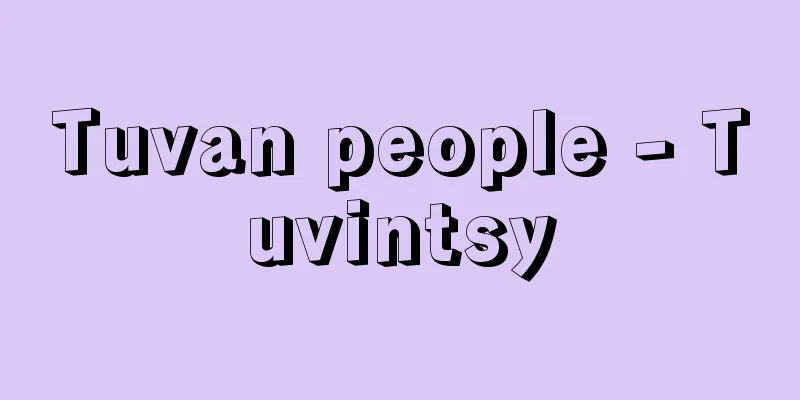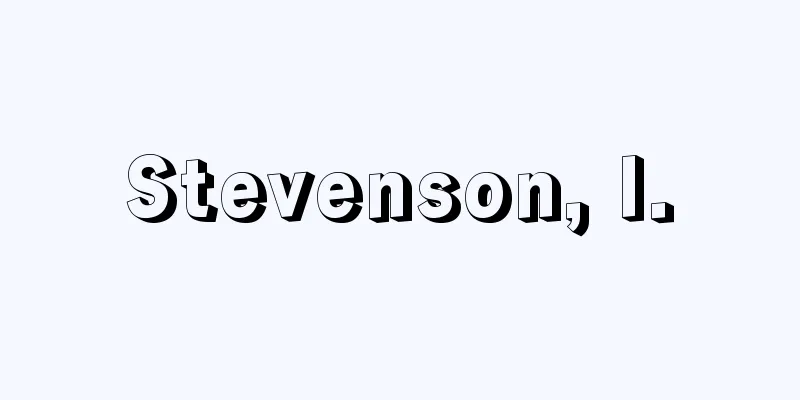Signalling by hand-flags or arms

|
A type of communication method. It is a method of signaling in which people stand upright holding a flag in each hand and convey letters to the other party through the shape of the flag raised, thereby communicating their intentions. There is the Japanese Maritime Signal Act, which is suitable for communication in Japanese, and the International Signal Act, which communicates internationally by sending Roman letters or Morse code. Even today, when communication methods using radio waves and light have been developed, it is still officially adopted as a means of communication because it is useful as a last resort in the worst-case scenario, such as when shipwrecked. For this reason, it can also be done with just the hands, without holding a flag. Both Japanese and international signaling systems use the following methods: (1) call, (2) reply, (3) send, (4) cancel, and (5) end. However, the methods are not the same. In the Japanese system, the katakana characters are written and read by the other party. For example, to send "i", the first movement is "no" and the second movement is "|". To send "ki", a combination of "=" and "|" is used. In contrast, there are two types of international systems: the system that sends the Roman alphabet in plain text and the Morse code. The latter system sends the so-called "dong-two" code, and only two hand flags, "dong" (short sign) and "two" (long sign), are required, but both the sender and the receiver must know the Morse code. In the system that sends the Roman alphabet in plain text, both parties must know the shapes of all the Roman alphabets. This is also called semaphore signaling, and the same shapes can be made with two arms instead of a human. [Torao Shigezai] Source: Shogakukan Encyclopedia Nipponica About Encyclopedia Nipponica Information | Legend |
|
通信法の一種。両手に旗を持って直立し、旗をあげて形づくった形象によって文字を相手方に伝え、互いに意志の伝達を行う方式の信号法。和文通信に適した日本船舶信号法と、国際的にローマ字またはモールス符号を送って通信しあう国際信号法とがある。電波や光による通信法が発達した現在でも、遭難などの最悪状態においては最後の手段として役にたつことから、公式に通信手段として採用されている。このため、旗を持たずに手だけでも実施しうることになっている。 日本・国際とも信号法としては、(1)呼出し、(2)応信、(3)送信、(4)消信、(5)終信の方式で行う。ただしその方法は同一ではない。日本方式の送信は、相手方から見て片仮名の文字が書かれるのを読む形で行われる。たとえば「イ」を送る場合には、第一挙動で「ノ」の形をとり、第二挙動で「|」の形をとる。また「キ」を送るには「=」と「|」を組み合わせるというような方法がとられる。これに対して国際方式には、ローマ字を平文で送る方式とモールス方式の2種類がある。後者はいわゆるトン・ツーの符号を送るもので、手旗としてはトン(短符)とツー(長符)の二つの形だけですむが、送受信者ともモールス符号を知っている必要がある。またローマ字を平文で送る方式では、ローマ字全部の形象を互いに知っていなければならない。これをセマフォア信号ともいい、人間が形象をとるかわりに腕板二枚でも同じ形象をとることができる。 [茂在寅男] 出典 小学館 日本大百科全書(ニッポニカ)日本大百科全書(ニッポニカ)について 情報 | 凡例 |
<<: Devanagari script - Devanagari (English spelling) Devanāgarī
Recommend
Lunato malacia
The main lesion is avascular necrosis of the lunat...
Plumbago indica (English name) Plumbagoindica
…[Kazuo Furusato]. … *Some of the terminology tha...
Zhang Yi-chao; Chang I-ch`ao
[raw]? [Died] Xiantong 13 (872) A military governo...
The Plain of the Courtesan Buddha - The Plain of the Courtesan Buddha
A kabuki play by Chikamatsu Monzaemon. It was fir...
Reality - Jitsunyo
Year of death: 23 February 1525 Year of birth: Cho...
Approximate algebraic algorithms
…From this perspective, Takeaki Sasaki and others...
Zimnii dvorets (English spelling) Zimniidvorets
…The Admiralty Palace (Admiraltystvo), famous for...
Saarland - Saarland (English spelling)
A federal state in the southwestern corner of Ger...
Matsuzo Kakiuchi - Matsuzo Kakiuchi
A scholar of Japanese literature and Japanese lan...
Tax incentives for doctors - Ishiyuguu Zeisei
…The taxation of medical insurance fees for socia...
Rhododendron tosaense (English name) Rhododendron tosaense
…[Yoshiharu Iijima]. … *Some of the terminology t...
Spherical shell tectonics
...Deep earthquake zones also exist, although the...
Uvula - Palatine
The uvula is a papilla-like protrusion that protru...
ration
...However, since it is difficult to clearly indi...
Morrigan
Danu was the goddess of fertility and wealth, Lug...









